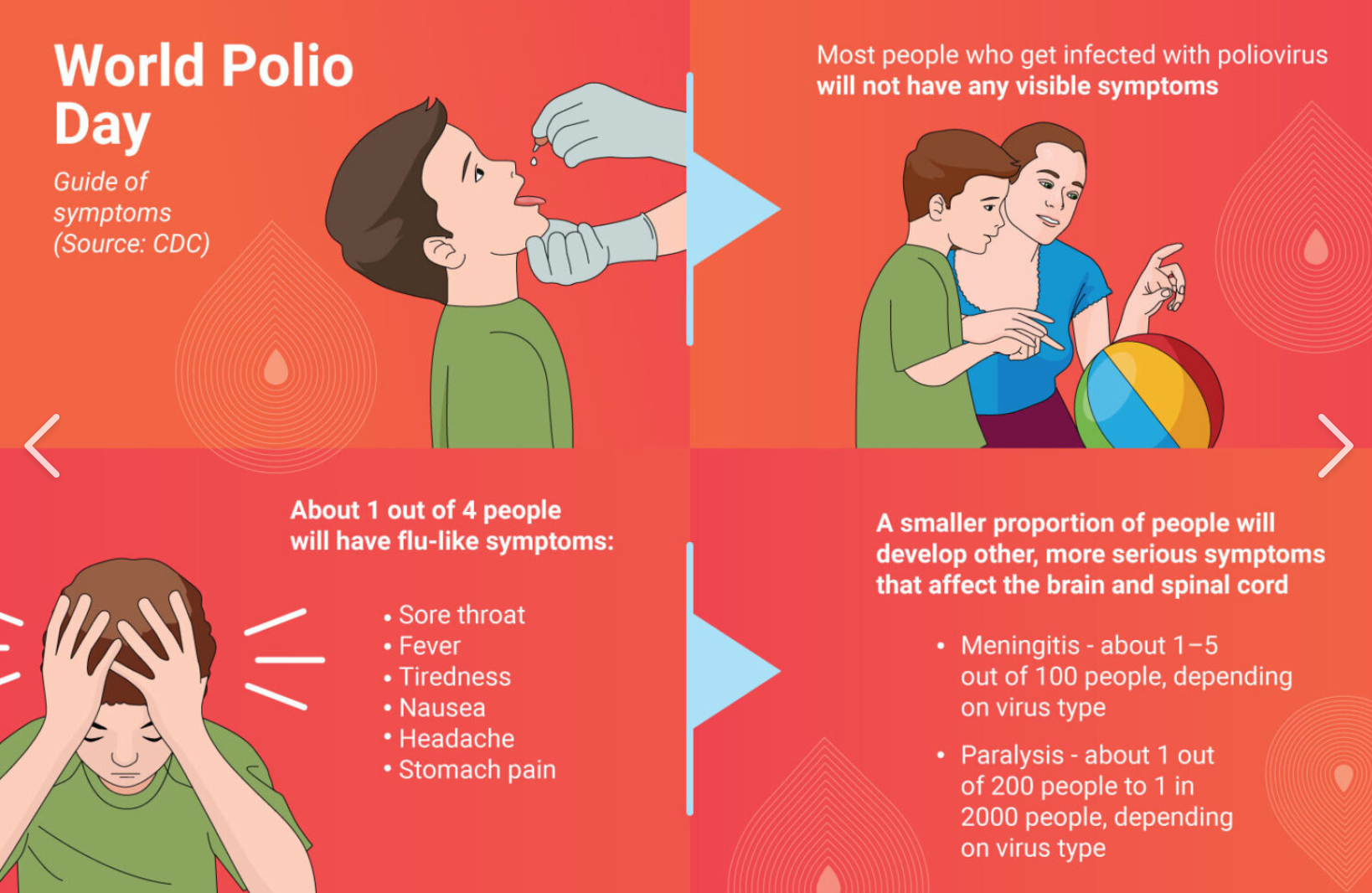The Scoop on Miscarriage: What You Need to Know About Early Pregnancy Loss

Pregnancy is a magical journey, but it can also be a nerve-wracking one, especially in those early weeks. One of the biggest fears many expectant mothers face is the dreaded “missed miscarriage” or “silent miscarriage.” The good news? While the risk is real—it affects more than 10% of pregnancies—understanding what’s happening can help ease some of that anxiety.
The HCG and Progesterone Obsession
After that exciting positive pregnancy test, many women dive headfirst into a frenzy of hCG and progesterone monitoring. Any slight dip in these hormone levels sends them scrambling for bed rest, progesterone supplements, or even IV drips. But here’s the kicker: hCG and progesterone levels aren’t the crystal balls they’re often made out to be. They don’t reliably predict whether your pregnancy is on track or headed for trouble.

The Golden Standard: Ultrasound
When it comes to diagnosing a miscarriage, ultrasound is your best friend. It’s the gold standard, offering a clear picture of what’s happening inside. Here are some key milestones that ultrasound can help identify:
- The Yolk Sac: This little guy shows up around 5 weeks after your last period. It’s the embryo’s early food source, so its appearance is a good sign.
- The Fetal Heartbeat: By 5.5 to 6 weeks, you should see and hear that tiny heartbeat. If it’s not there, it’s time for a closer look.
- The Gestational Sac: Usually visible around 4.5 to 5 weeks, this sac’s size and shape are crucial for early pregnancy assessment.
The Criteria for Miscarriage
International guidelines have set some pretty strict criteria for diagnosing a miscarriage:
- A gestational sac with a mean diameter of 25mm or more but no yolk sac or embryo.
- An embryo with a crown-rump length (CRL) of 7mm or more but no heartbeat.
- A gestational sac without a yolk sac that’s been observed for 2 weeks without a heartbeat.
- A gestational sac with a yolk sac that’s been observed for 11 days without a heartbeat.
For those who prefer a quicker resolution, a vaginal ultrasound showing a gestational sac diameter of ≥21mm or CRL ≥6mm without a heartbeat can also confirm a miscarriage. But remember, this method requires a skilled sonographer and comes with a small risk of missing a viable pregnancy.

Single vs. Serial Ultrasounds
- Serial Ultrasounds: If the first scan is inconclusive, your doctor might suggest a follow-up. This reduces the chance of misdiagnosis and can ease your anxiety.
- Single Ultrasound: With the right equipment and expertise, a single scan can provide a clear diagnosis. This is ideal for situations that require quick decisions.
Handling Uncertainties
Sometimes, ultrasound results can be tricky:
- Ovulation Timing: If the ultrasound shows a later gestational age than expected, it might just mean you ovulated later than usual.
- Multiple Pregnancies: If one of your twins or triplets isn’t developing as expected, it doesn’t necessarily mean the others are at risk.
Red Flags on Ultrasound
Certain ultrasound findings can raise a red flag:
- Amniotic Sac Enlargement: If the amniotic sac is larger than expected or appears empty, it’s a strong indicator of a miscarriage.
- Irregular Gestational Sac: An irregular shape, moderate to large subchorionic hematoma, or chorionic bump can suggest a poor outcome, but these findings aren’t definitive. A follow-up ultrasound is essential.

The Bottom Line
While the fear of miscarriage is real, understanding what’s happening and relying on ultrasound can provide much-needed clarity. So, take a deep breath, trust your doctor, and remember that knowledge is power. Here’s to a healthy, happy pregnancy!







Leave a Reply